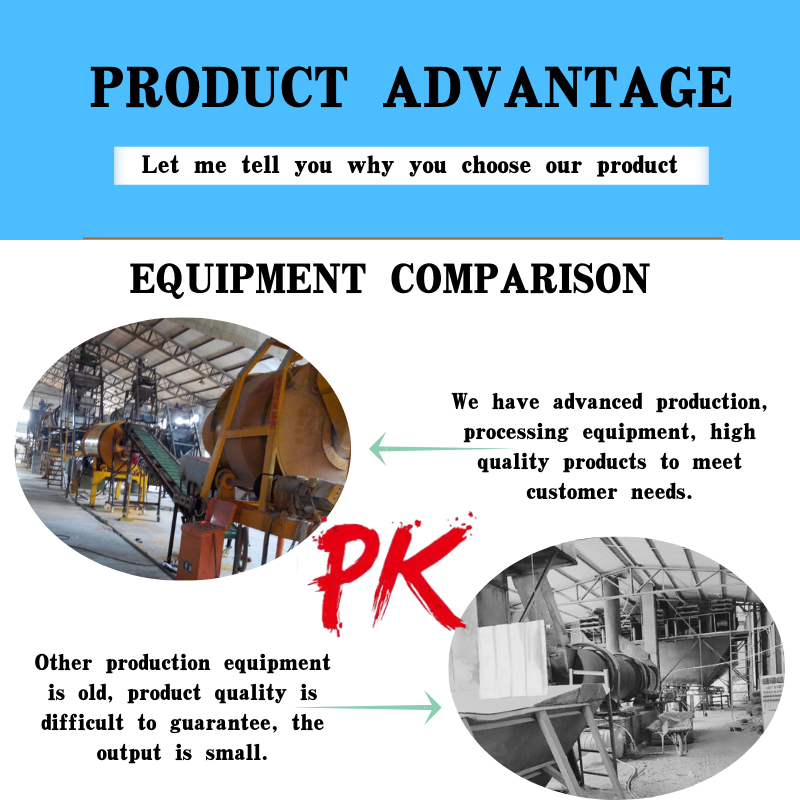
Exploring the Applications and Benefits of Atomized Iron Powder in Modern Manufacturing Industries
The Advancements and Applications of Atomized Iron Powder
Atomized iron powder has become a pivotal material in various industries due to its unique properties and versatile applications. The process of atomization involves transforming molten iron into fine powder particles, which are typically spherical in shape. This method ensures uniform particle size and distribution, enhancing the powder’s performance in different applications.
One of the most significant advantages of atomized iron powder lies in its purity. The atomization process significantly reduces the levels of carbon and other impurities that are commonly found in traditional iron powders. This high degree of purity is particularly beneficial in industries where the integrity of the material is paramount, such as aerospace, automotive, and electronics. The clean and consistent composition of atomized iron powder allows for improved mechanical properties and better performance in final products.
In the world of metallurgy, atomized iron powder plays a crucial role in powder metallurgy (PM) processes, where it is used to manufacture complex parts with tight tolerances. The powder can be compacted into specific shapes and then sintered, a process that fuses the particles together without melting them. This not only allows for the creation of intricate geometries that would be difficult or impossible to achieve using traditional machining methods but also results in reduced material waste. As industries strive for efficiency and sustainability, the potential to use less material while still achieving high-performance products is a compelling advantage.
atomized iron powder

The application of atomized iron powder extends beyond powder metallurgy. It is widely used in magnetic materials, particularly for the production of soft magnetic components. These components are essential in electrical and electronic devices such as transformers, inductors, and motors. The fine, uniform particles produced by atomization can enhance the magnetic properties needed for these applications, leading to more efficient energy conversion and better overall device performance.
Additionally, atomized iron powder has found its way into the realm of additive manufacturing, particularly in 3D printing. As the demand for customized and complex parts grows, metals like atomized iron powder offer a feasible solution for producing prototype models and end-use components. The ability to control the particle size and distribution in the powder allows for finer layers in the printing process, leading to better resolution and surface finish in the final products.
Moreover, the automotive industry has embraced atomized iron powder for producing high-quality components like gears, shafts, and bearings. These components benefit from the enhanced wear resistance and strength provided by the properties of atomized iron. The rising trend towards electric vehicles, where weight reduction and component efficiency are essential, further propels the demand for advanced powder metallurgy techniques utilizing atomized iron powder.
In summary, atomized iron powder stands at the forefront of material innovation, with its applications spanning multiple high-tech industries. The unique properties derived from the atomization process, coupled with the growing emphasis on sustainability and efficiency, make it an invaluable resource for manufacturers. As technology continues to evolve, the role of atomized iron powder is likely to expand, opening new avenues for research and development in material science and engineering. The future looks promising as industries leverage the capabilities of this remarkable material to meet the challenges of tomorrow.
Share
-
Natural Premium Bentonite Cat Litter - Superior ClumpingNewsJul.31,2025
-
Premium Resin Coated Sand - High Heat Resistance CastingNewsJul.31,2025
-
High Quality Silicon Carbide Grit for Abrasive ApplicationsNewsJul.30,2025
-
High-Quality Ceramsite for Plants & Gardening | Lightweight PebblesNewsJul.29,2025
-
Premium Burgundy Glass Marbles for Vases & Shooter GamesNewsJul.29,2025
-
High Purity Quartz Sand for Industrial and Ground ApplicationsNewsJul.29,2025






